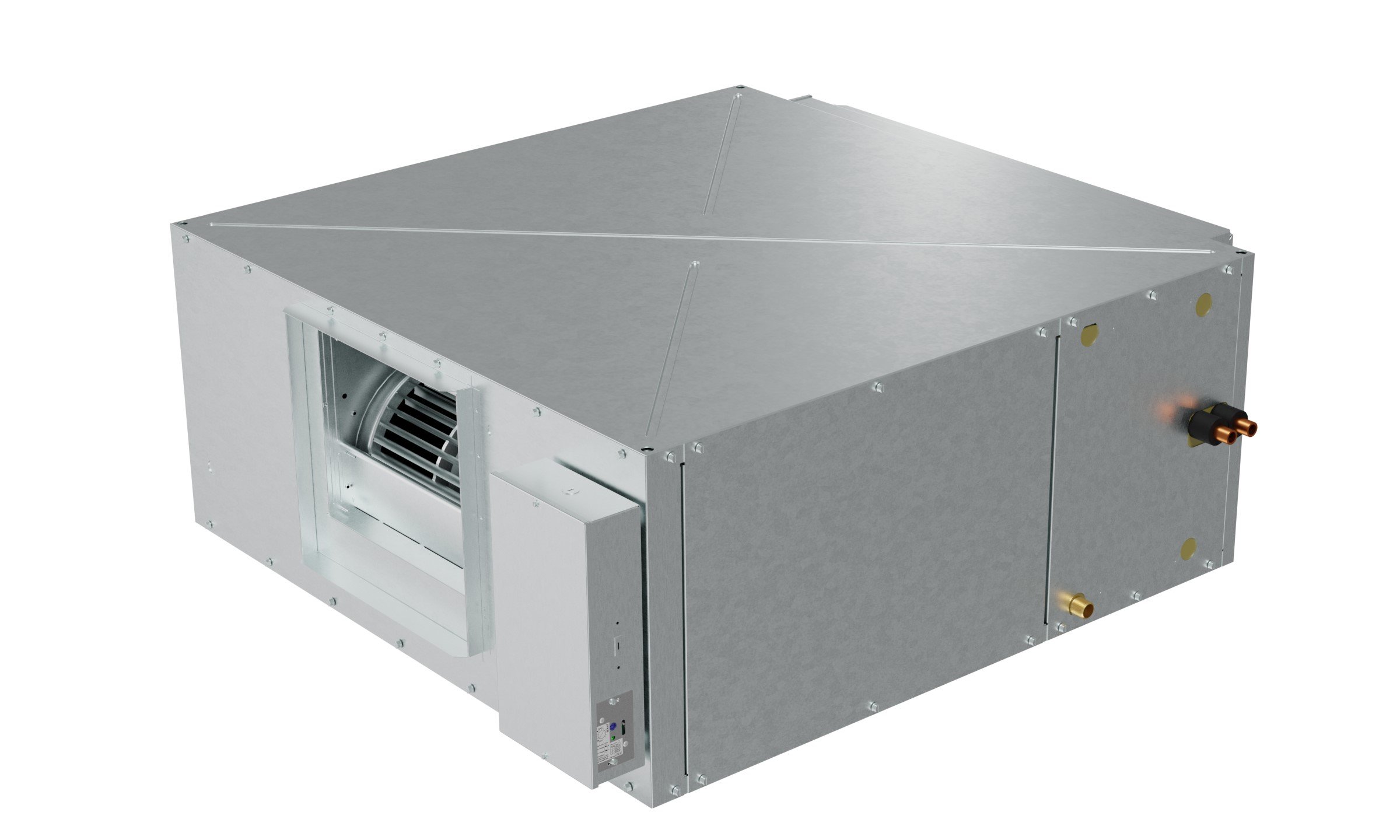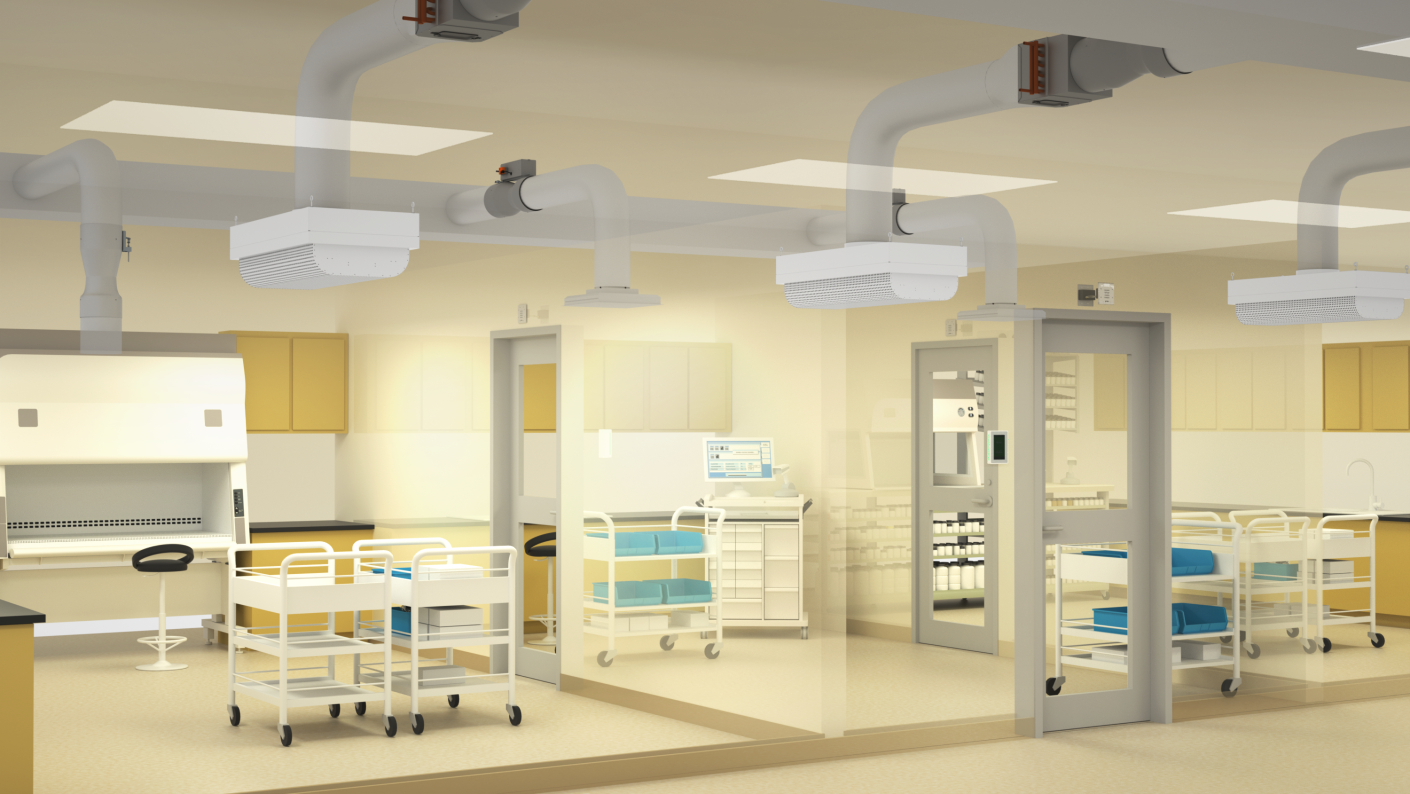Essential Strategies for Cleanroom Design
Cleanrooms are a growing market worldwide within the HVAC industry. Cleanrooms are specialized spaces where the control of airborne particles is critical to the processes occurring there. Great care must be taken to avoid the introduction and generation of particles as well as to remove existing particles as quickly as possible.
Read More
Topics:
Induction,
HVAC Fundamentals,
HVAC,
Engineering,
Design Engineering,
Critical Environments,
Filtration
Providing Optimal Performance and Flexibility for Your Project
HVAC systems today are more varied and complex than ever, and when each project brings new challenges and unique requirements, we need solutions that are highly adaptable. The BCHD Direct-Drive Horizontal Blower Coil is a made-to-order solution that offers flexibility between a central station air handler and a traditional fan coil unit. With a large airflow operating range, a plethora of options and a compact footprint, the BCHD provides optimal performance in a wide variety of applications.
Read More
Topics:
Fan Coils,
HVAC Fundamentals,
HVAC,
Engineering,
Design Engineering
Advancing HVAC Training in Casa Grande, AZ
Over the decades, the Price Technical Centers (PTCs) have been visited by tens of thousands of customers. In 2019, it was time to update Price Technical Center West (PTCW) in Casa Grande, AZ. We started our design work in 2019, taking inspiration from the product demonstrations and design aesthetics of Price Technical Center East (PTCE) in Suwanee, GA, and completed the renovation in early 2022.
Read More
Topics:
Mock-Up,
HVAC Fundamentals,
HVAC,
Engineering,
Design Engineering,
Price Technical Center,
Training,
Tours,
Architecture
Taking a Closer Look at Air Distribution in Critical Environments
Creating high-performing, well-ventilated spaces is essential in critical environments such as hospital operating rooms, patient rooms and other medical spaces. Indoor air quality directly affects occupants’ well-being and productivity and, in the case of pharmaceutical compounding, for instance, can have a profound impact on processes that occur in the space.
Read More
Topics:
HVAC Fundamentals,
HVAC,
Engineering,
Critical Environments,
ASHRAE 170,
Filtration,
ASHRAE
An Energy-Efficient Way to Enhance Individual Zone Control and Thermal Comfort
The HVAC industry’s evolving demand for energy-efficient systems has created opportunities for the development of new solutions and the innovation of existing designs. This includes the Horizontal Low-Profile Fan Coil (FCH): the modern-day fan coil for enhancing individual zone control and thermal comfort.
Read More
Topics:
Static Pressure,
Fan Coils,
HVAC Fundamentals,
HVAC,
Engineering,
Design Engineering,
Filtration







